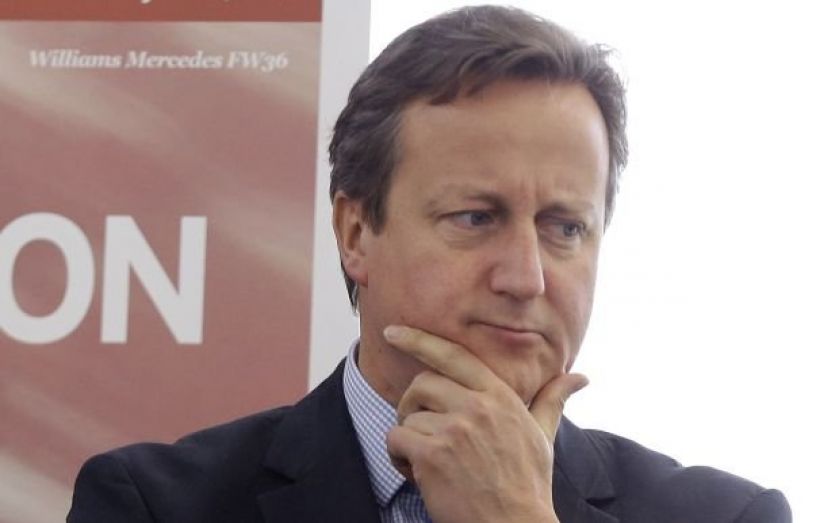| Updated:
David Cameron prepares for election battle with cabinet reshuffle

David Cameron has fired the starting pistol in the race to win the general election next year, ridding his top ministerial ranks of dead wood and installing media-savvy MPs and spinners instead.
The Prime Minister’s last reshuffle before the general election next May signals his intention to fight a tough campaign based on personality rather than policy, with the appointment of four senior Tories as media attack-dogs.
William Hague, Michael Gove and Esther McVey will all join party chairman Grant Shapps in spreading the party’s election manifesto messages on TV, in a strategy designed to hit Labour’s Ed Miliband at his weakest spot: his credibility as leader.
Critics, including Labour, have called the reshuffle tokenistic and accused the Prime Minister of failing to meet his own targets on diversity. Two additional women have been appointed to government as ministers taking the total number to 22.
Hague’s shock departure as foreign secretary was followed by Michael Gove’s demotion to chief whip, away from the hordes of teachers he angered with his education reforms.
Cameron boosted the women in his Cabinet by two, appointing Liz Truss and Nicky Morgan as environment secretary and education secretary respectively. The promotions boosted Cameron’s female Cabinet presence from 15 to 25 per cent, just shy of his 33 per cent target.
Controversially, the Prime Minister appeared quietly to demote the new leader of the House of Lords, Tina Stowell, to an attendee of Cabinet, not a full member, prompting Tory party donors to chip in with an extra £22,000 to top up her pay packet. His spokesman said Stowell would attend Cabinet meetings, despite legal constraints that mean the Treasury can only pay 22 ministers a full Cabinet wage. Other new names in the Cabinet include Stephen Crabb, who has become Welsh secretary, and Esther McVey, who remains in post as minister for employment but will attend Cabinet meetings occasionally.